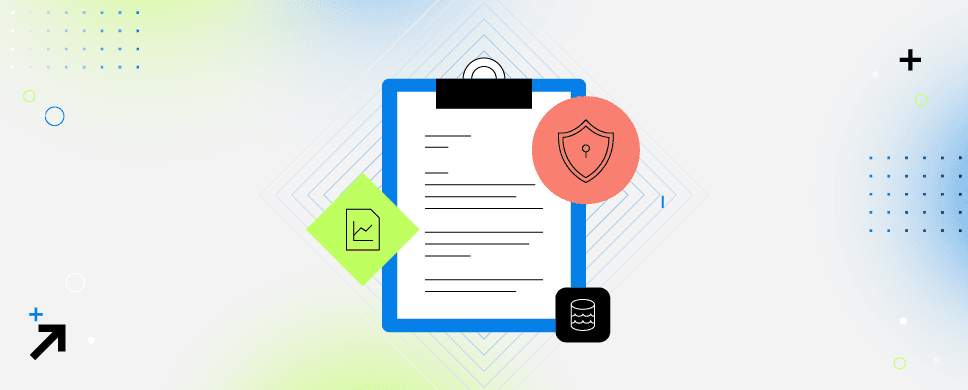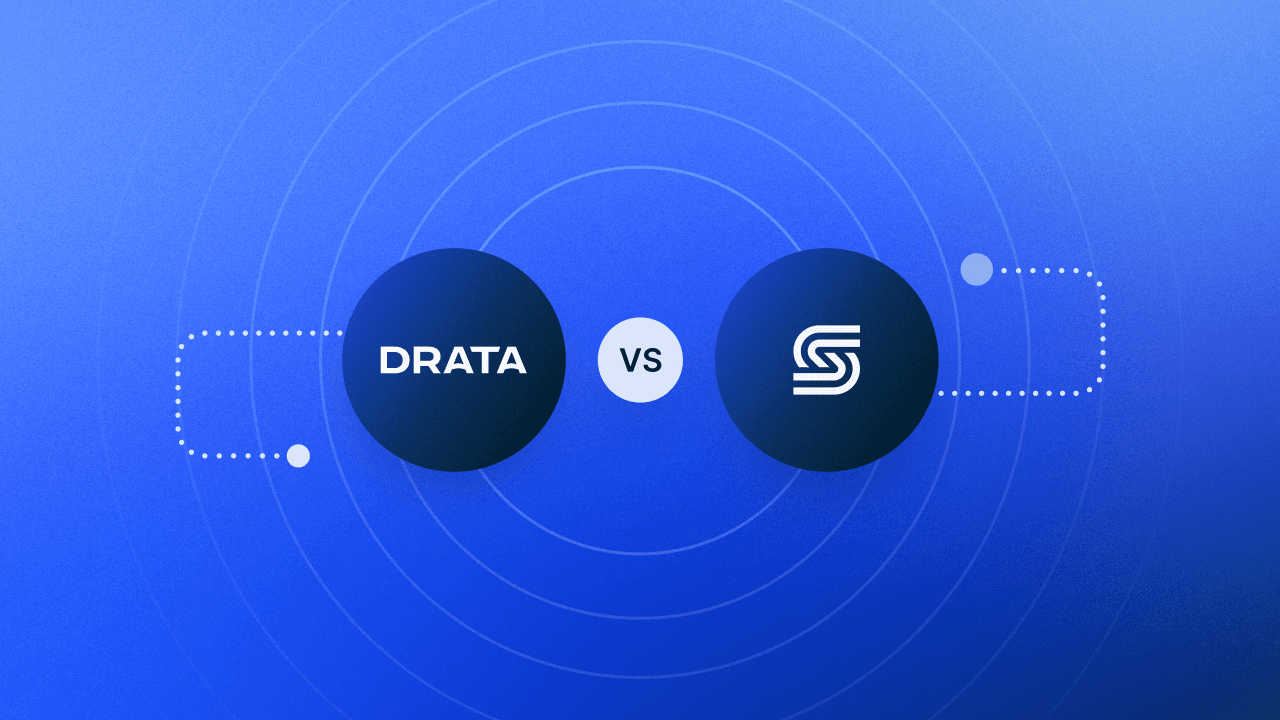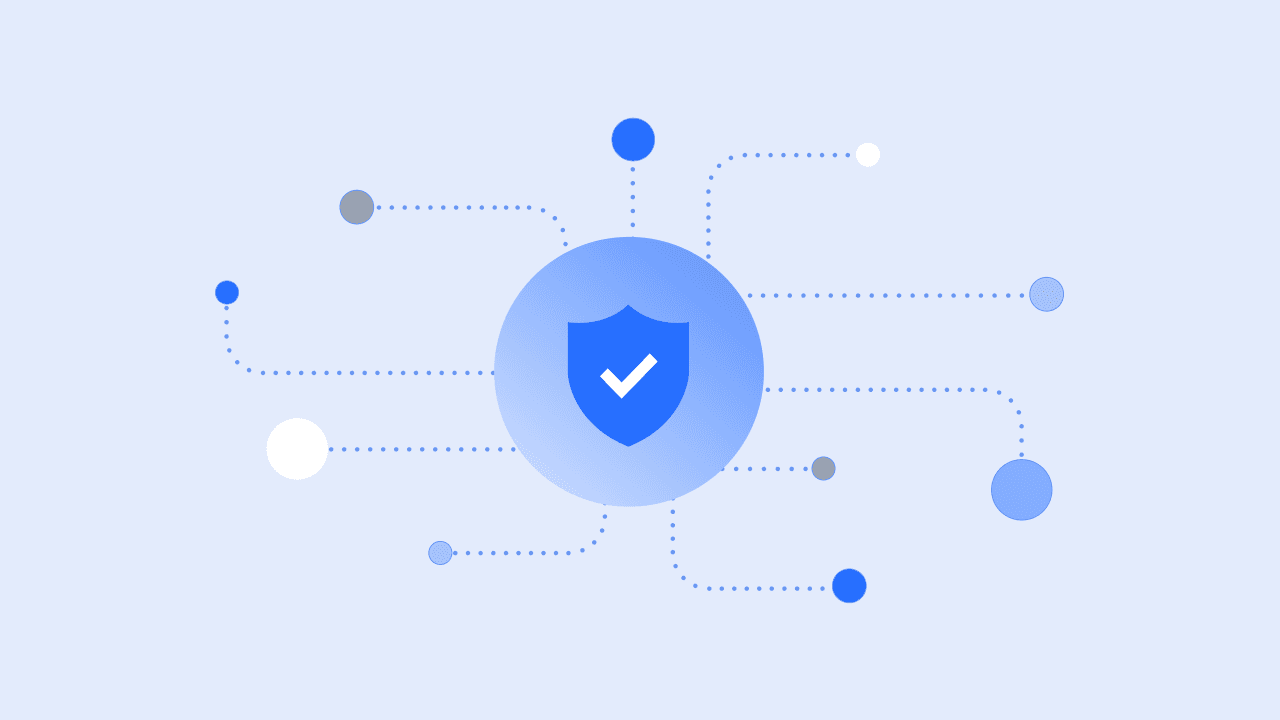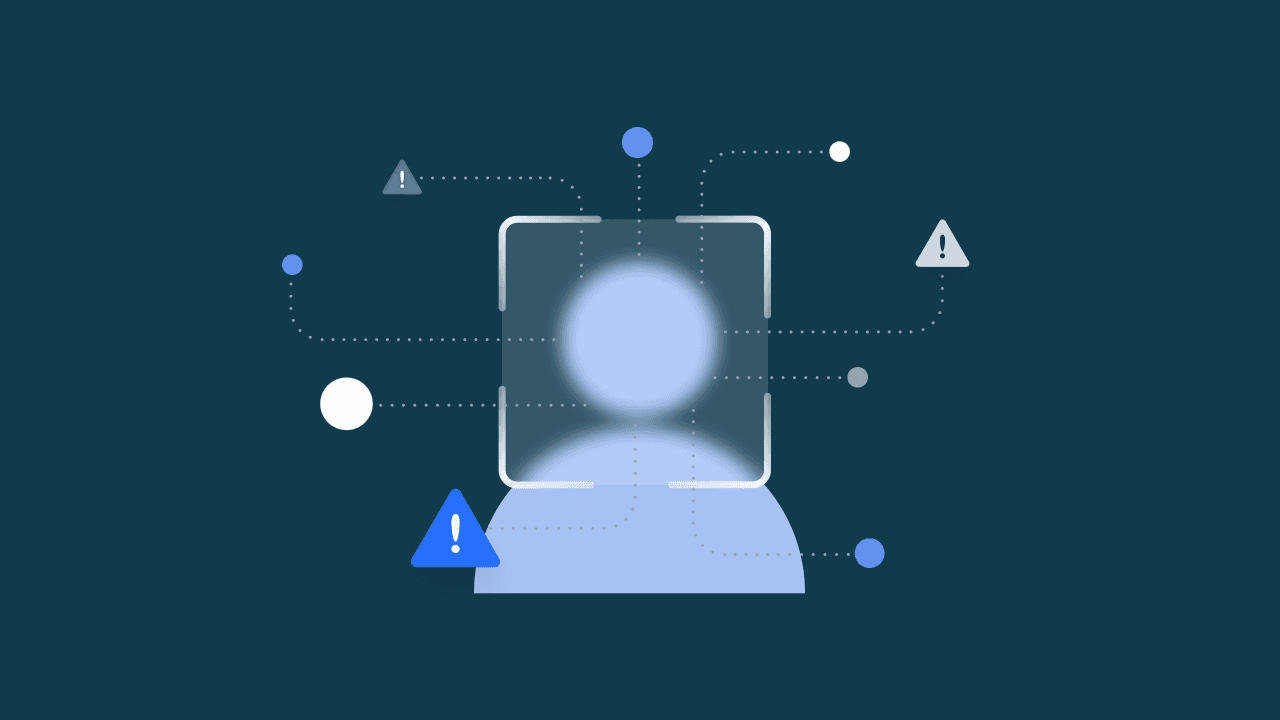Data Privacy vs. Data Security: Understanding the Difference and Overlap
Data privacy versus data security. Are you confident that you’re handling both of these concepts well in your organization? Find out here.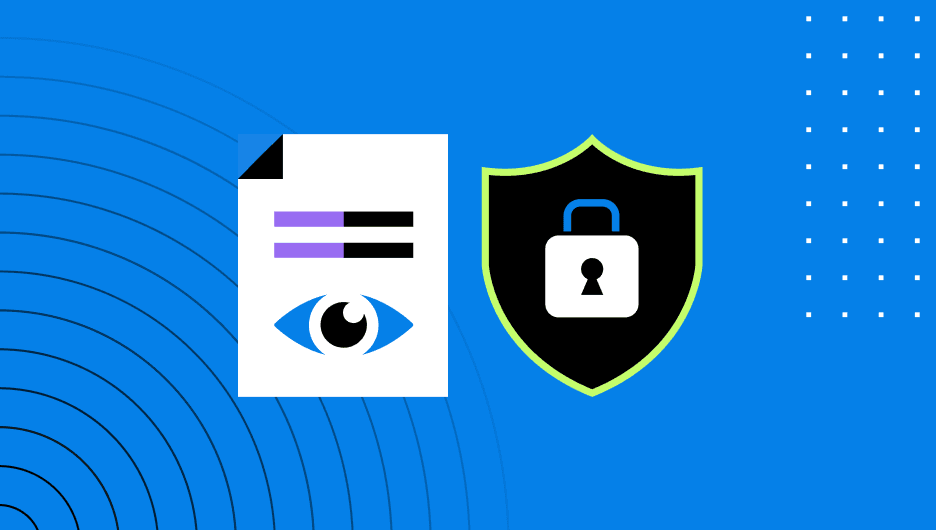
Data privacy and data security. Are you confident that you’re handling both well within your organization?
The reality is, these are two phrases that go hand in hand, but they actually mean different things. In this post, we’re here to help you demystify these data terms and understand what they actually mean. Keep reading for your crash course on data privacy versus data security.
What is Data Privacy?
Data privacy is the ability of an individual to have control over the collection, use, and disclosure of their personal information. From an organization’s perspective, data privacy is all about the policies and procedures you put in place to manage data. A good data privacy policy is critical to maintaining trust with customers and clients.
What is Data Security?
Data security is a process to protect data from unauthorized access, use, disclosure, disruption, modification, or destruction. It is often referred to as information security. Data security can be achieved by implementing various technical and non-technical measures such as encryption techniques and access control.
In short, data security is ultimately about protecting the data you have. Data privacy focuses on how you collect data, how you use it, and who you share it with.
Key Similarities
So what’s the cause for the mix-up between these two terms?
Here are some common threads for data security and data privacy that link them together.
Both Help Protect Data
Both are about protecting data. This is why many people use these terms interchangeably. At the end of the day, the goal is to ensure that data remains safe. Organizations and consumers only want data to be used in the way it was intended.
Both May Require Adherence to Similar Regulations
Data privacy and security may both require adherence to regulations on how organizations collect, use, and share information with other parties. These regulations play a pivotal role in keeping information out of the wrong hands.
Both Are Necessary to Build a Robust Data Policy
If an organization wants to have a comprehensive data policy, both data privacy and security are necessary. Without both components, you can’t fully address the evolving concerns and threats that come along with managing data.
Now that we’ve cleared up some of the common overlap, let’s explore the difference between these terms.
Key Differences
Data privacy focuses on individuals and their rights to protect their personal information from being used by companies and governments without consent. Now that almost everything we want to know is available to us with a single click, people are more concerned than ever about their personal data. Taking data privacy seriously is one way that organizations are adapting.
For example, many countries and states require companies to obtain permission to collect and use customer data for marketing purposes. They also need content to share that data with third parties for advertising purposes. This wasn’t always the case.
Data security protects against unauthorized access to sensitive information by employees, bad actors, or malicious software. In other words, once an organization or entity has control over data, what are they doing to ensure that they aren’t risking data loss or theft?
One thing you must note in terms of data security is that these efforts require continuous attention and monitoring. The threat landscape is always changing, so you can’t afford to set and forget your processes.
The latest forecast on data security predicts that cybercrime will cost the world 10.5 billion dollars annually by 2025. Without data security processes in place, you’ll be more likely to have to deal with those costs and the consequences.
Data Privacy and Data Security Within Compliance
Once you determine how these terms work together and their core differences, there’s another consideration. Once compliance comes into play, there are other factors and documentation requirements that must become part of your plan.
Data privacy isn’t just something that puts customers and clients at ease. As data breach notification laws and global privacy regulations like GDPR and CCPA now exist, privacy issues are increasingly top of mind and organizations must put work in to maintain compliance. This requires a comprehensive approach and continuous effort.
Data security is not just a concept, it’s the practice of protecting digital information. Through a compliance lens, data security is necessary for establishing trust with customers and prospects.
Data privacy and data security may not be the same, but they do go hand in hand. Understanding both concepts and implementing policies in your organization is critical to good data management. If your organization does need to adhere to a particular framework, consider how those requirements may cause your processes to shift.
Bottom Line
To maintain a strong security posture, your organization must implement the necessary policies to ensure data privacy and security. For help implementing, monitoring, and streamlining this, schedule a demo with Drata. See how our solution empowers businesses to improve their security and privacy program to help keep information safe.

